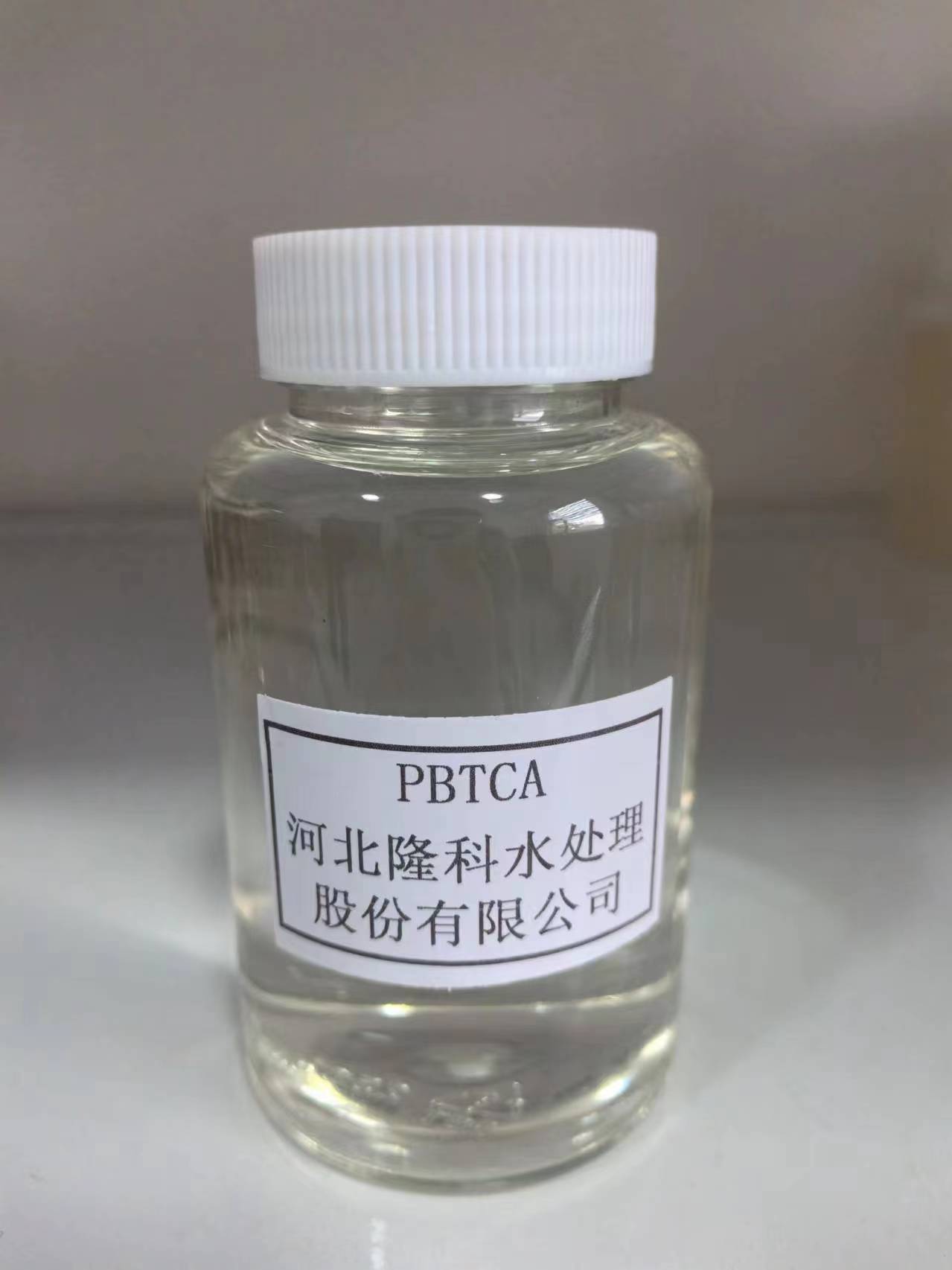poly aluminium chloride uses in water treatment
The Uses of Poly Aluminium Chloride in Water Treatment
Poly Aluminium Chloride (PAC) is a widely used coagulant in the water treatment industry. It has gained popularity due to its efficiency in removing impurities and its effectiveness in a variety of water conditions. As a versatile chemical compound, PAC is employed in municipal drinking water plants, wastewater treatment facilities, and various industrial applications.
Composition and Properties
PAC is an inorganic polymer composed of aluminum chloride and water, with variable aluminum content. Its structure allows for the formation of large flocs when added to water, which is integral to the coagulation process. PAC is favored over traditional coagulants such as aluminum sulfate for several reasons. It offers better solubility, lower dosage requirements, and can operate effectively over a wider range of pH levels. This flexibility makes PAC an ideal choice for treating various water types, from surface water to groundwater with varying turbidity levels.
Mechanism of Action
The primary role of PAC in water treatment is to promote the aggregation of suspended particles, organic matter, and colloids. When PAC is added to water, it neutralizes the negative charges on these particles, allowing them to clump together and form larger aggregates or flocs. These flocs can then be easily removed through sedimentation or filtration processes. The efficiency of PAC in achieving rapid floc formation significantly enhances the clarity of the treated water, making it suitable for both consumption and environmental discharge.
Applications in Municipal Water Treatment
In municipal water treatment, PAC is extensively used for the production of potable water. Its effectiveness in reducing turbidity and improving water quality has made it a standard choice in many water treatment facilities worldwide. By effectively removing solids and microbial contaminants, PAC ensures that the water meets the stringent safety standards required for public health. Furthermore, PAC aids in the removal of taste and odor compounds, thereby improving the overall sensory quality of drinking water.
Wastewater Treatment
poly aluminium chloride uses in water treatment

PAC is also paramount in wastewater treatment processes. It aids in the removal of suspended solids, phosphates, and heavy metals from industrial effluents. In sewage treatment, PAC helps to enhance sludge dewaterability, which not only reduces the volume of sludge produced but also facilitates its handling and disposal. The use of PAC in wastewater treatment systems contributes to environmental protection by ensuring that treated effluents meet regulatory standards before being discharged into natural water bodies.
Advantages Over Traditional Coagulants
The choice of PAC over traditional coagulants, such as alum, can be attributed to several advantages
1. Lower Dosages PAC typically requires lower dosages than conventional coagulants, which translates to lower operational costs. 2. Higher Efficiency PAC performs well across a broader range of pH levels, making it effective in various water conditions.
3. Reduced Residual Sludge The use of PAC results in less residual sludge generation, which is a critical factor in waste management.
4. Improved Settling Rates The larger flocs formed from PAC treatment settle more quickly, leading to faster clarification processes.
5. Less pH Adjustment Unlike some other coagulants, PAC can often negate the need for extensive pH adjustments, simplifying the treatment process.
Conclusion
In summary, Poly Aluminium Chloride stands out as an essential chemical in water treatment applications. Its ability to effectively coagulate impurities while being environmentally friendly has made it a preferred choice for both municipal and industrial sectors. With increasing demand for clean water and efficient wastewater management, PAC will continue to play a crucial role in the advancement of water treatment technologies. The ongoing research and development efforts further enhance its application potential, ensuring that it remains a key component in achieving and maintaining water quality standards across the globe.
-
Water Treatment with Flocculant Water TreatmentNewsJun.12,2025
-
Polymaleic AnhydrideNewsJun.12,2025
-
Polyaspartic AcidNewsJun.12,2025
-
Enhance Industrial Processes with IsothiazolinonesNewsJun.12,2025
-
Enhance Industrial Processes with PBTCA SolutionsNewsJun.12,2025
-
Dodecyldimethylbenzylammonium Chloride SolutionsNewsJun.12,2025





